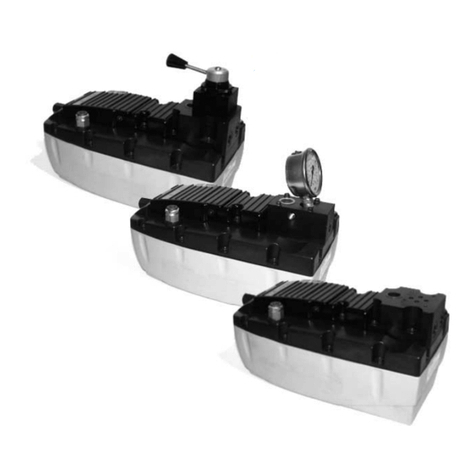
4193558035 ver.0 - UPD 130917
INDICE
AVVERTENZE GENERALI..........................................................................................................................................................................................5
1 TRASPORTO, STOCCAGGIO E DISIMBALLO .........................................................................................................................................................5
2 DESCRIZIONE.............................................................................................................................................................................................................5
3 SICUREZZA.................................................................................................................................................................................................................6
4 CARATTERISTICHE TECNICHE................................................................................................................................................................................7
5 INSTALLAZIONE E MESSA IN FUNZIONE................................................................................................................................................................7
5.1 Riempimento del serbatoio dell'olio (se la pompa viene fornita vuota)..............................................................................................................7
5.2 Messa in funzione della pompa .........................................................................................................................................................................8
5.2.1 Collegamenti idraulici della pompa ................................................................................................................................................................8
5.2.2 Collegamento dell'aria compressa.................................................................................................................................................................8
6 USO ...........................................................................................................................................................................................................................8
6.2 Uso dei comandi ................................................................................................................................................................................................8
7 MANUTENZIONE........................................................................................................................................................................................................9
7.1 Verifica delle connessioni...................................................................................................................................................................................9
7.2 Pulizia del filtro dell'aria ..................................................................................................................................................................................... 9
7.3 Controllo livello e sostituzione dell'olio idraulico ................................................................................................................................................ 9
7.3.1 Controllo del livello dell'olio............................................................................................................................................................................ 9
7.3.2 Sostituzione dell'olio idraulico ........................................................................................................................................................................ 9
7.4 Pulizia della pompa............................................................................................................................................................................................ 9
7.5 Inconvenienti e rimedi...................................................................................................................................................................................... 10
8 DEMOLIZIONE E SMALTIMENTO DELLA POMPA.................................................................................................................................................10
SCHEMA DI FUNZIONAMENTO...............................................................................................................................................................................11
GARANZIA................................................................................................................................................................................................................11
PARTI DI RICAMBIO................................................................................................................................................................................................. 11
CONTENTS
GENERAL PRECAUTIONS ......................................................................................................................................................................................12
1 TRANSPORT, STORAGE AND UNPACKING ..........................................................................................................................................................12
2 DESCRIPTION...........................................................................................................................................................................................................12
3 SAFETY.....................................................................................................................................................................................................................13
4 TECHNICAL SPECIFICATIONS................................................................................................................................................................................14
5 INSTALLATION AND START-UP..............................................................................................................................................................................14
5.1 Filling the reservoir (if the pump is supplied without oil) ..................................................................................................................................14
5.2 Start-up ............................................................................................................................................................................................................15
5.2.1 Pump hydraulic connections ........................................................................................................................................................................15
5.2.2 Connecting the compressed air line.............................................................................................................................................................15
6 OPERATION..............................................................................................................................................................................................................15
6.2 Using the controls ............................................................................................................................................................................................15
7 MAINTENANCE.........................................................................................................................................................................................................16
7.1 Checking connections......................................................................................................................................................................................16
7.2 Cleaning the air filter........................................................................................................................................................................................16
7.3 Checking level and change of the hydraulic oil................................................................................................................................................16
7.3.1 Checking the oil level ...................................................................................................................................................................................16
7.3.2 Hydraulic oil change.....................................................................................................................................................................................16
7.4 Pump cleaning .................................................................................................................................................................................................16
7.5 Troubleshooting ...............................................................................................................................................................................................17
8 SCRAPPING AND DISPOSING OF THE PUMP.......................................................................................................................................................17
OPERATION DIAGRAM............................................................................................................................................................................................18
WARRANTY ..............................................................................................................................................................................................................18
SPARE PARTS..........................................................................................................................................................................................................18































